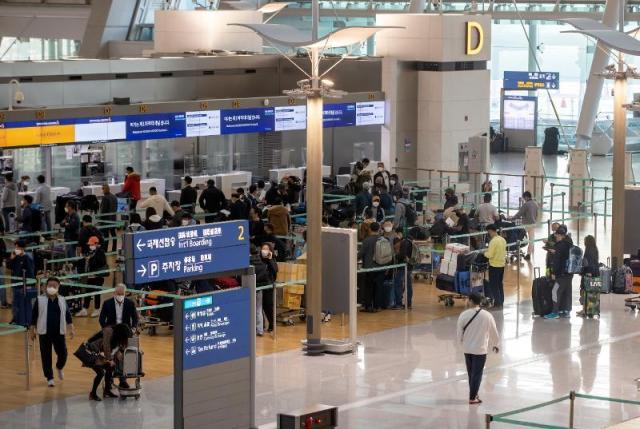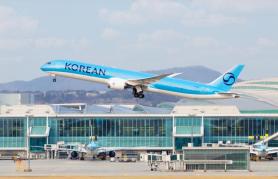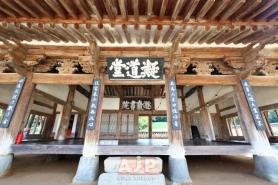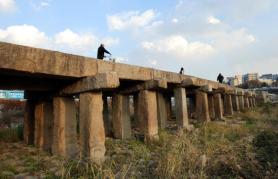
SEOUL -- South Koreans have chosen to spend their holidays in foreign countries because they feel it is cheaper to travel overseas than to visit places at home due to high consumer prices including food and accommodation.
The inflation of various living costs has long been an issue in South Korean society. The national statistical information service said that the increase rate in food prices in November 2023 was found to be larger than the previous month. The consumer price index of the processed food category was 119.48, up 5.1 percent from the same period last year. The inflation rate of restaurant prices was 4.8 percent, up 0.06 percent points.
Prices of processed foods have increased for 24 consecutive months while restaurant prices continued to rise for 30 consecutive months. Among the main ingredients of food made in home kitchens and restaurants, salt showed the largest inflation rate of 21.3 percent, followed by sesame oil (20.8 percent), and pasta noodles (19.1 percent).
Accommodation prices continued to remain high due to increased operating costs and high demands during the pandemic. The domestic tourism and accommodation market bloomed thanks to grounded travelers who chose to visit domestic tourist hotspots as countries shut down their borders to prevent the spread of the coronavirus.
According to ONDA, a hospitality technology company, online sales of accommodation service operators in 2023 increased 27 percent on-year. Sales of hotels in Seoul in the first quarter of 2023 increased by about 800 percent compared to the same period in 2021. Accommodation prices also increased by more than 200 percent.
Data released by the transport ministry showed that 6,593,000 people traveled to overseas countries in October 2023, recovering about 90 percent of 7,352,000 overseas travelers in October 2019, several months before the COVID-19 pandemic hit South Korea in February 2020. Among some 6.5 million people who traveled overseas, about 1.89 million traveled to Japan. Tourists were also attracted by the low value of Japanese yen which is 1,000 won / 109.5 yen.
Viet Nam was the second-most favored holiday destination. 780,000 people flew to Viet Nam while 366,000 people flew to Thailand. The number of travelers recovered to 91 percent (Viet Nam) and 84 percent (Thailand) of travelers in the pre-pandemic era.
Copyright ⓒ Aju Press All rights reserved.




